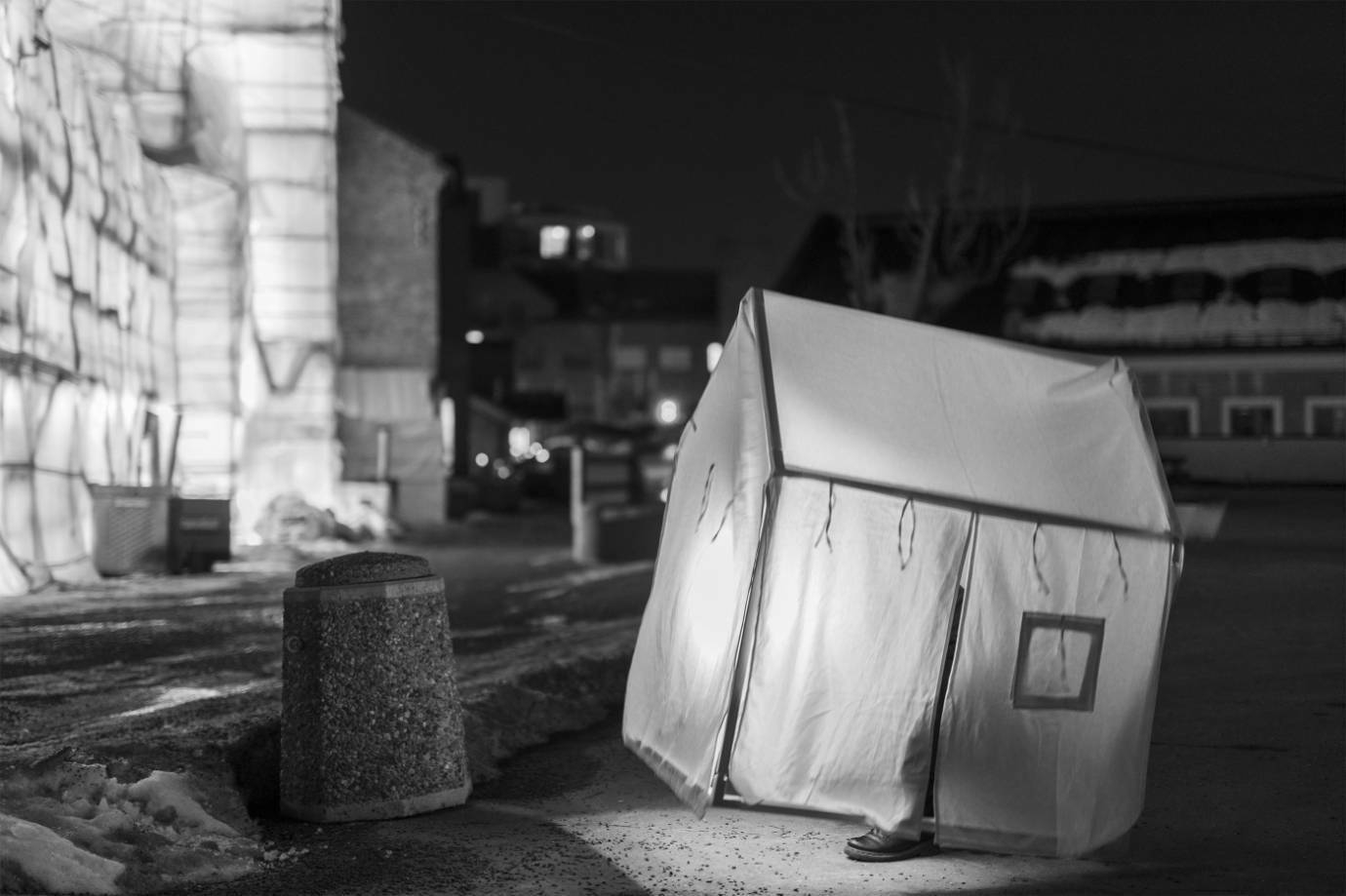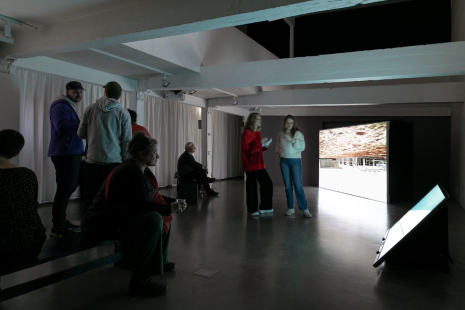FAT has both personal experience and a strong commitment to the question that ROM asked in its Open call 2022; “How do people with disabilities and chronic illness experience place and space?” We wish to shed light on the emotional consequences of the exteriority that architectural challenges create for people with reduced functional ability or chronic illness. The working title “I’m sorry if my disability causes you any inconvenience” plays on the feeling of being a nuisance. The architecture is often a nuisance for those who are not 100% functionally healthy, at the same time as you feel the uncomfortable feeling of being a nuisance when you constantly have to ask for help or adjustments to get around. For example, just getting to the toilet can be a big challenge in some places. Some architects and builders may experience the requirement for accessibility and universal design as a burdensome and expensive factor. In many places, it looks as if the requirement has become a parenthesis or footnote late in the work, rather than a creative starting point and framework. Certain buildings are technically accessible for, for example, a wheelchair user, but access often requires a lengthy process; summoning personnel, then being led in, for example, to the back of the building, or to a slow-moving platform lift where you sit on display as a kind of involuntary circus performer. One gets into the building, but at what cost? The architect fulfills the legal requirements, but without regard for the user’s dignity. Should dignity or access with dignity have been a requirement? Does it exist or can I create a formula for dignity? We feel that some public spaces are so poorly adapted to various forms of functional impairment that some will probably avoid staying there if they don’t have to. This can lead to subtle segregation, which in turn leads to less diversity in our public spaces. By giving an inside perspective on functional impairments and architecture, we hope that both the “man in the street” and architects, builders and decision-makers can look with new eyes at universal design and the unused possibilities that lie within this scope.
Fredrik Thorsen is a self-taught photographer with solid experience from various freelance assignments. His work ranges from documentary photography for newspapers and magazines to varied projects for municipalities, companies and individuals. Thorsen is short, uses a wheelchair, and lives with chronic nerve pain and paralysis after several spinal cord injuries. He has a strong commitment to society and is passionate about equality and autonomy for all people regardless of disabilities. Thorsen brings his own experiences with disabilities and architecture into the project at ROM.
Anja Tveiterås has an art education from Falmouth College of Arts and the University of the Arts in Oslo (KHIO). She has experience from teaching and various projects in art, illustration and design. Among other things, she has created the exhibition “Zooleisna”, a combination of photo collages and texts about outsiders and rural animals in the periphery. She currently combines her artistic activities with work as a user-directed assistant (BPA), which has given her deeper insight into the issues that this project tries to explore.





